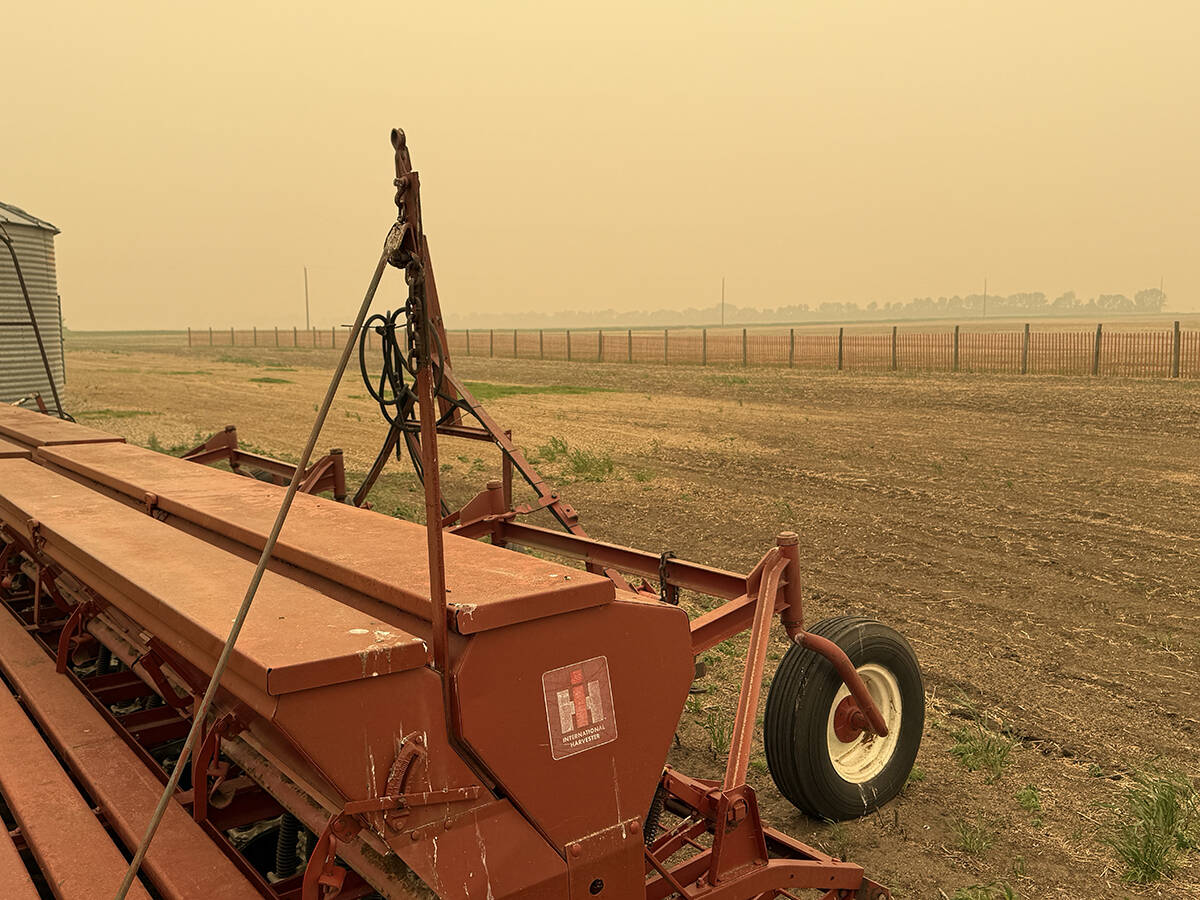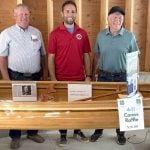Ray Hittinger had less than 1,200 hours on his Case IH 8120 combine two years ago when he noticed premature wear on the H-frame.
“We had really high wear on the frame. It definitely wore out before its time,” said Hittinger, who farms north of Edmonton.
Hittinger was the second owner of the combine, and he knew its history. It was a local combine, coming from an area with deep black soil and no sand to prompt premature wear of combine parts.
“It was wearing in an odd place,” he said. “I’d never seen anything like that before.”
Read Also

Wildfires have unexpected upside this year
One farmer feels smoke from nearby wildfires shrouded the July skies and protected his crop from the sun’s burning rays, resulting in more seeds per pod and more pods per plant.
He took the concave to Sunnybrook Welding.
“We could set the concave into the frame. Instead of having a nice ramp for the grain to climb in on, it runs straight into the wall of the concave. That makes it difficult for crop to get up on to the concave. There’s no smooth transition.
“I could feel the difference in performance (once Sunnybrook modified it). I think it took a little less horsepower. But that’s not the big thing. The big thing is that it’s easier to set the combine.”
Danny Crow also equipped a combine with the Sunnybrook Integrated Feed Lip in 2013. He plans to do two more combines before harvest this year.
“I can’t say anything definite about the power or performance. Last year was pretty dry at harvest so we never had to use our power to the full extent,” he said. “But I can see that in tough conditions, it’s going to help.”















